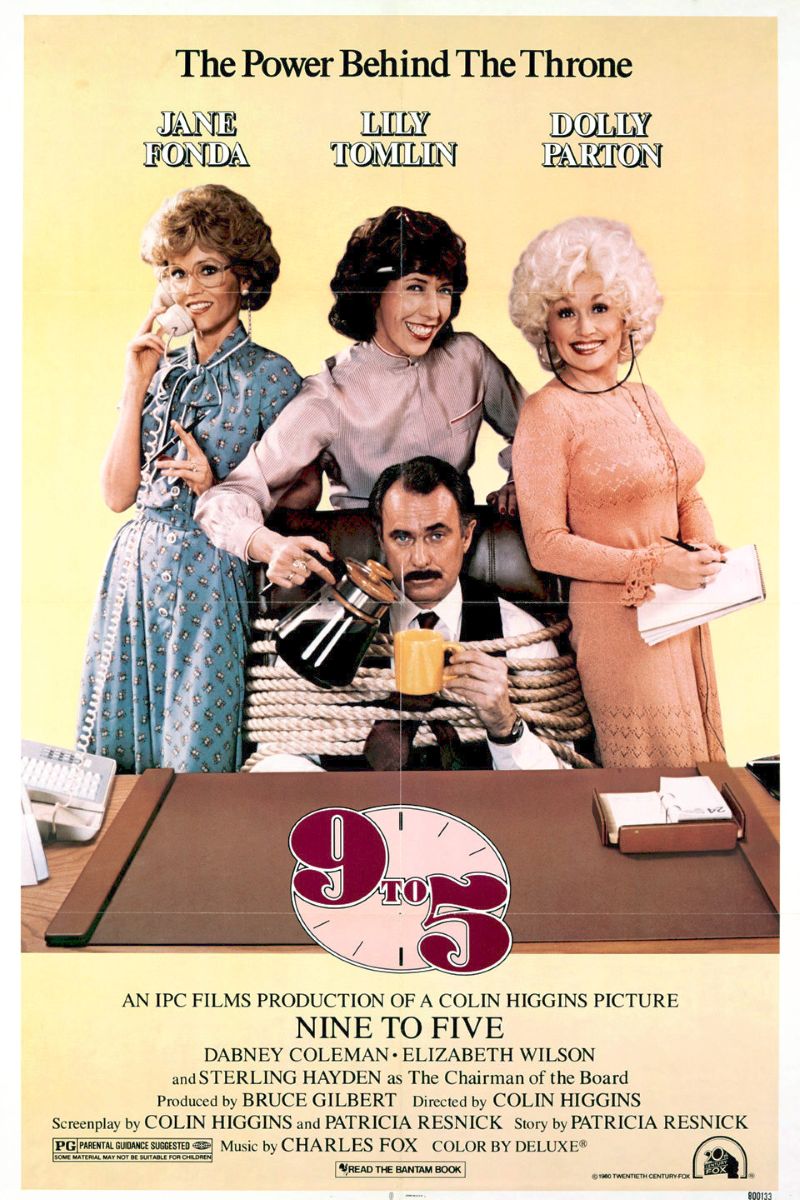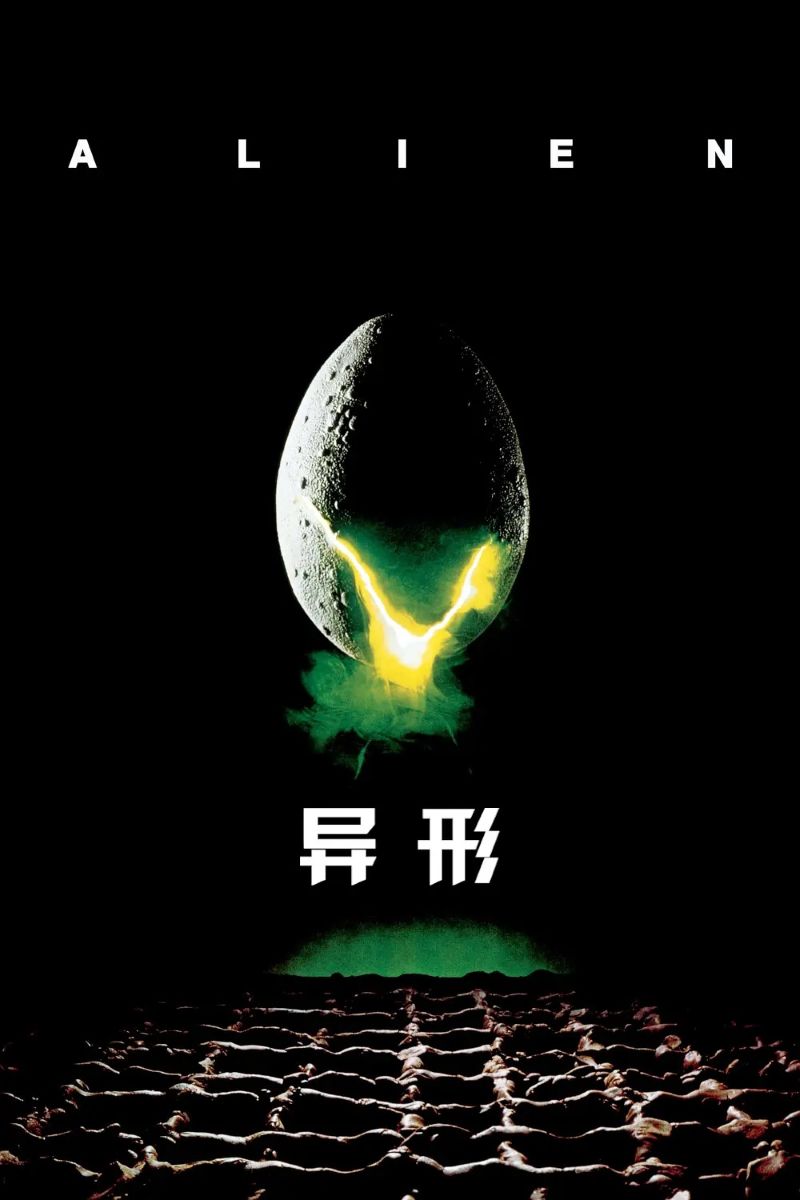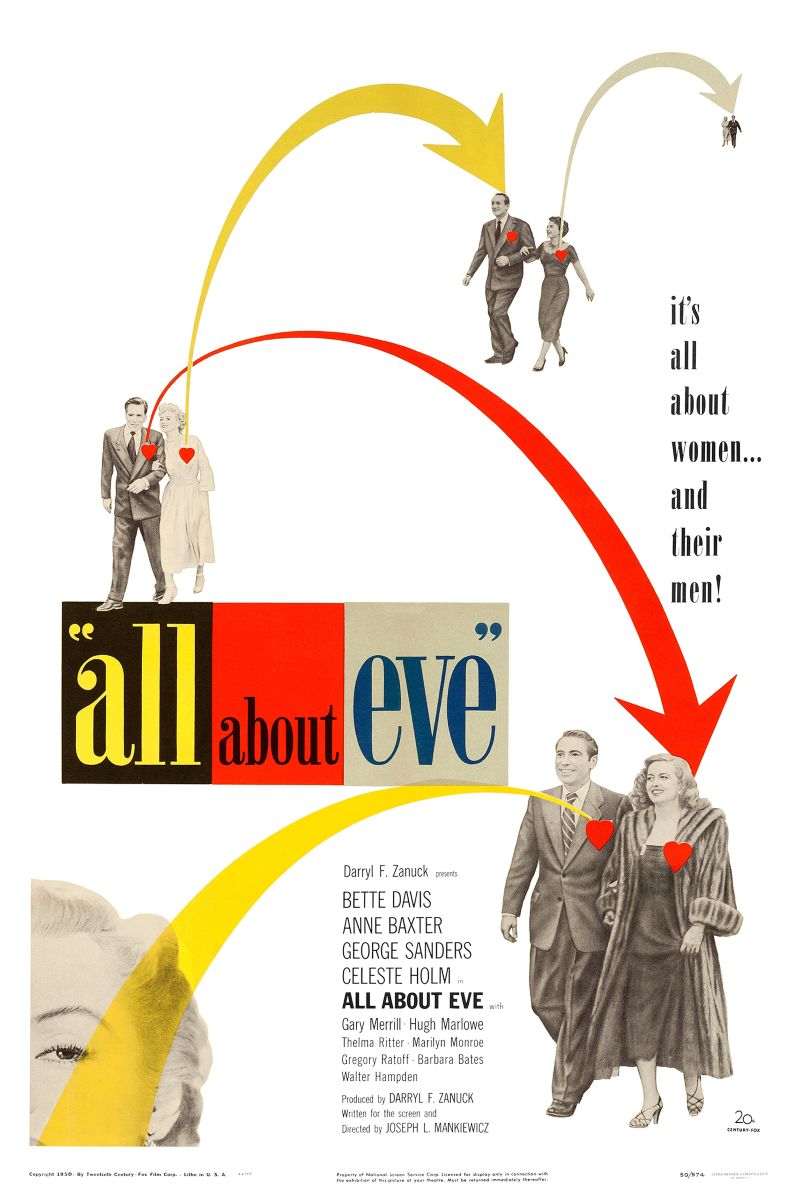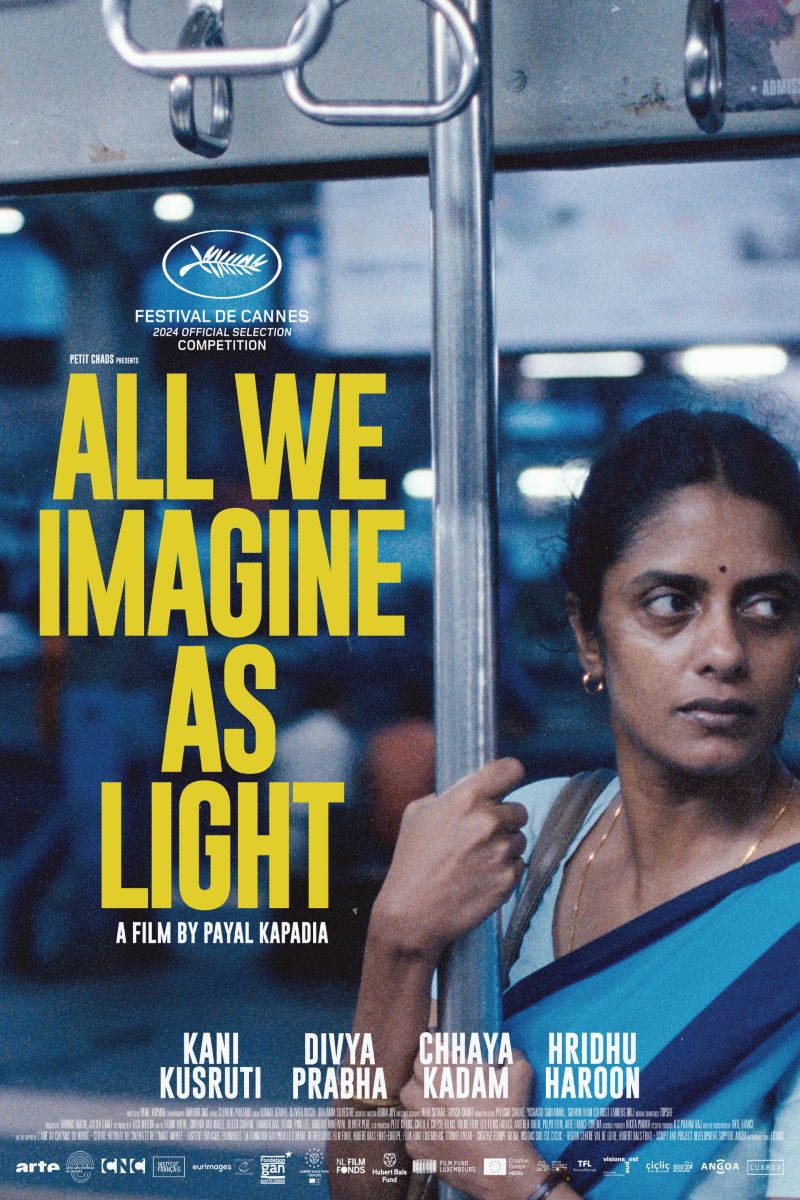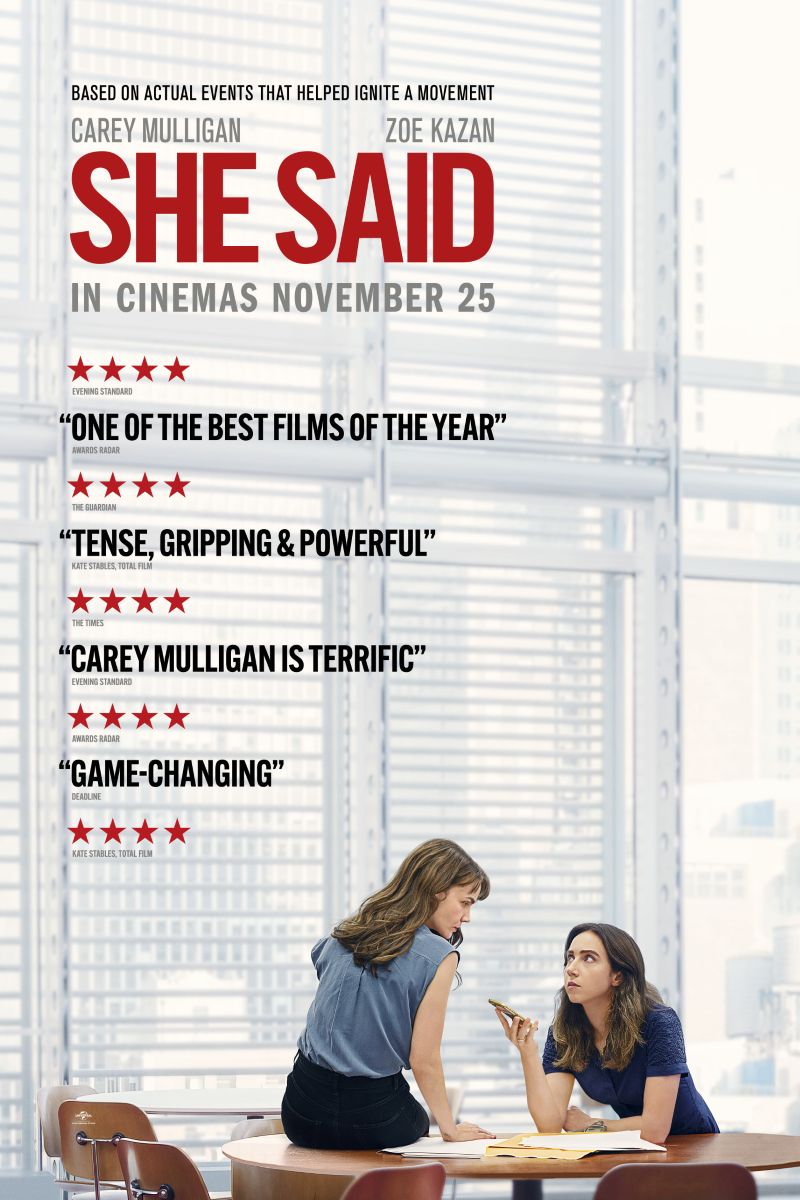
She Said
She Said
A journalism drama directed by Maria Schrader, starring Carey Mulligan and Zoe Kazan. Adapted from the non-fiction book by New York Times reporters Jodi Kantor and Megan Twohey, following their investigation that exposed Harvey Weinstein's sexual assault scandal. The film deeply explores important issues including the #MeToo movement, gender politics in journalism, the power of women's testimony, and the courage needed to break silence.
Cast
Related Topics
🎥 Film Analysis & Review
She Said stands as director Maria Schrader’s important adaptation of New York Times reporters Jodi Kantor and Megan Twohey’s investigative account, a film that not only documents the journalistic investigation that exposed Harvey Weinstein’s sexual assault scandal but deeply explores the complex social mechanisms behind the #MeToo movement, the political power of women’s testimony, and the courage and persistence required to break systemic silence. Through the professional pursuit and moral commitment of two female journalists, the film demonstrates journalism’s crucial role in advancing social justice and the enormous difficulties women face when challenging power structures, culminating in historic victory.
From a #MeToo movement perspective, She Said’s most important contribution lies in its in-depth analysis of the movement’s origins and development mechanisms. The film meticulously shows the complete process from individual victims’ brave testimonies to media investigation to broad social awakening. The investigative work of Jodi Kantor (Zoe Kazan) and Megan Twohey (Carey Mulligan) represents not only journalistic professionalism but concrete feminist action. Through rigorous investigation and reporting, they transform personal trauma into collective action, politicizing private experiences into public issues.
The film’s exploration of the power of women’s testimony carries profound legal and political significance. Historically, women’s sexual assault allegations have often been questioned, dismissed, or ignored, particularly when the accused are powerful men. The film shows the multiple obstacles survivors face when speaking out: legal non-disclosure agreements, economic threats, professional retaliation, and social humiliation and disbelief. By showing multiple women’s eventual choice to come forward as witnesses, the film reveals how collective testimony overcomes individual testimony’s vulnerability, forming undeniable moral and legal force.
From the perspective of gender politics in journalism, the film demonstrates female journalists’ unique advantages and challenges when handling gender violence issues. Jodi and Megan, as female reporters, can establish deeper trust and understanding with survivors, an empathy crucial for obtaining authentic testimony. Simultaneously, they must balance professional objectivity with human compassion, coordinating relationships between protecting survivors and pursuing truth. The film shows how excellent investigative journalists use professional skills and human insight to advance social justice.
The film’s analysis of power structures and systemic oppression is particularly profound. Harvey Weinstein is not merely an individual perpetrator but a symbol of the entire Hollywood power system. His ability to escape legal sanctions for so long relied on a protective network consisting of legal counsel, media relations, economic threats, and industry complicity. The film reveals how such systemic protection enables powerful men to avoid consequences for sexual violence while marginalizing and silencing female victims.
From an economic empowerment angle, the film shows how economic dependence becomes both a driver of sexual violence and a reason for silence. Many survivors choose silence due to fear of losing job opportunities, facing economic retaliation, or violating expensive legal agreements. By showing the experiences of women from different social strata, the film reveals how economic inequality exacerbates the impact of gender violence. Those with higher economic status (like Gwyneth Paltrow) have more choices despite being victims, while those with lower economic status (like Weinstein’s assistants) face greater pressure to remain silent.
The film’s critique of the legal system is also important. The widespread use of non-disclosure agreements (NDAs) becomes a legal tool for protecting perpetrators and suppressing survivors. The film shows how these legal mechanisms are abused to maintain unjust power relationships and the systemic flaws in legal systems’ protection of vulnerable groups. By showing how journalists seek truth under legal constraints, the film reveals tensions between press freedom and legal restrictions.
Carey Mulligan and Zoe Kazan’s excellent performances provide powerful support for the film’s themes. They successfully create images of journalists who are both professional and compassionate, demonstrating women’s professional capabilities and moral commitment in the workplace. Their collaborative relationship showcases professional solidarity and mutual support among women, challenging traditional workplace narratives of female competition.
The film’s presentation of survivor diversity is also important. From famous actresses to ordinary employees, from young women to middle-aged women, the film shows how sexual violence crosses boundaries of class, age, and profession. This diverse presentation challenges stereotypes about “perfect victims,” emphasizing that sexual violence is a social issue affecting all women.
Ashley Judd’s appearance as herself in the film carries special political significance. As a real survivor and important #MeToo movement advocate, her participation adds authenticity and moral authority to the film. Her performance demonstrates the enormous courage required to move from silence to voice and the personal psychological and social costs of public testimony.
The film’s temporal narrative structure is also skillful. By alternating between investigation processes and flashback fragments, the film creates tension and urgency, allowing audiences to experience the difficult process of seeking truth. This narrative technique emphasizes the complexity and time-intensive nature of journalistic investigation and the importance of every detail to final outcomes.
From a media criticism perspective, the film also shows gender dynamics within journalism. While The New York Times supports this investigation, the two female journalists still need to constantly prove their professional capabilities and judgment. The film hints at journalism’s history as a male-dominated industry and potential obstacles female journalists face in obtaining important assignments and resources.
The film’s exploration of social change mechanisms is also profound. It shows how individual courage coalesces into collective power, how media reports transform into social movements, and how legal consequences follow moral awakening. The #MeToo movement’s success lies not only in exposing individual perpetrators but in changing society’s attitudes and response mechanisms regarding sexual violence.
From an international feminism perspective, the film’s impact transcends American borders. The #MeToo movement quickly spread worldwide, sparking global discussions about sexual violence and gender inequality. The historical moment documented in the film became an important milestone for global feminist movements.
The film’s treatment of trauma and healing is also sensitive. It neither avoids survivors’ pain nor depicts them merely as victims. Instead, the film shows their agency, wisdom, and resilience, and how they regain power and dignity through speaking out.
From a journalistic ethics perspective, the film demonstrates the delicate balance required when reporting on sensitive topics. The reporters must navigate between public interest and individual privacy, between exposing truth and protecting sources, between maintaining objectivity and acknowledging the human impact of their investigation.
The film’s portrayal of institutional responses is also noteworthy. It shows how different institutions—from media organizations to legal firms to entertainment companies—respond to allegations of sexual misconduct, revealing both progress and persistent resistance to accountability.
Ultimately, She Said’s value lies in its profound exploration of the intersection between journalism, feminism, and social justice. Through the story of two female journalists, the film shows how professional journalistic work can become a powerful tool for promoting social change. It reminds us that the power of truth comes from the courage and persistence of those who dare to seek and speak truth. In a world still full of gender violence and power abuse, such works possess not only historical documentation value but ongoing political and moral inspirational significance. They tell us that when women unite, when truth is revealed, when justice is pursued, even the most powerful structures can be shaken and changed.
🏆 Awards & Recognition
- • Screen Actors Guild Award Nomination
- • Critics Choice Award Nomination
- • Women's Image Network Award
⭐ Ratings & Links
Related Recommendations
Comments & Discussion
Discuss this video with other viewers
Join the Discussion
Discuss this video with other viewers
Loading comments...
